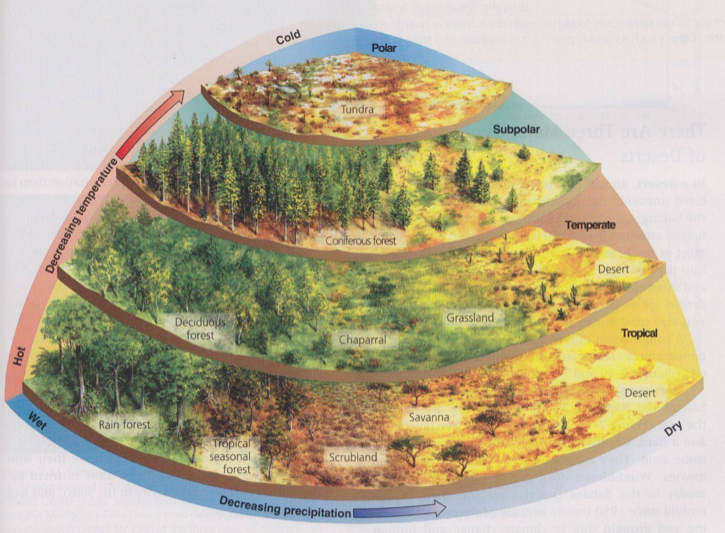A core element of many games (both board games and RPGs) is the binary challenge resolved by a dice roll. This might represent an attempt to hit a target with an artillery piece, an attempt to jump over a chasm, or an attempt to persuade a guard to let you past a security door. Previously I discussed the four possible ways to implement the roll itself: rolling over a target versus under it, and modifying roll results versus modifying targets. For example, a roll-high and modify-result system would involve something like "If your 1d20+3 roll is greater than or equal to 15, then you succeed".
This is mostly an aesthetic issue. From a gameplay perspective, a more important question is how the probability of success changes as modifiers are added. This depends on whether how many dice are rolled (a multi-dice bell curve generates diminishing returns in both wings), what modifiers are applied, and how targets are set. There are an infinite number of different possible systems, but I'd like to focus on four distinct approaches in existing RPG games. The systems are:
- Moldvay's B/X edition of D&D, which used a simple "roll a 1d20, with result at or under the attribute to succeed"
- The system proposed by Wesley Ives in Dragon #1 (June, 1976), for use with original 70s-era D&D. This system is rather baroque in presentation, even by the standards of that era, involving rolling lots of dice both to set the target and then to test it.
- The modern convention of a "skill system", with small modifiers based on attributes. Here I've chosen the SEIGE engine (from Castles & Crusades) as a representative example, using a non-prime target of 12, although most other post-3.0 systems in the OGL d20 line work in a similar way.
- The use of multiple dice against a single target. In this case, I've elected to use the D6 engine from 80s-era West End Games products (like Star Wars), also using a target of 12. (d20 attribute points have been converted one-for-one into "pips" for the calculations below.)
One comment on the "skill system" approach. In practice, this system has substantial modifiers based on custom design, which shift the chance of success up linearly as "skill points" are invested in a category. In practice, however, this kind of system involves illusory improvement, in that the targets (DC's) are simply adjusted higher at the same rate! (In fact, I think the 3.5 DMG explicitly instructs the DM to do precisely this.) So the skill system, rather than producing real improvement, just places characters on a leveling treadmill where they start to fall behind in any category where they fail to pay the appropriate "skill tax".
Here are the results of a computer simulation of 100,000 dice rolls using each method, to show the qualitatively different effects that this choice has on the game system.
The Moldvay approach creates a linear success rate, and the skill-based approach flattens the chance out substantially without altering linearity. (Of course the DM can rather easily shift the entire line upward or downward, by the use of DC-setting fiat powers!) Attributes matter much less in a modern game, apparently.
The Ives system, despite apparent complexity, has a simple effect. It takes the Moldvay system and forces it to saturate at high skill levels, bending it down into sublinearity. This means that even when using his optional bonuses (including level), the chance of success improves very slowly beyond a certain point. This is an excellent example of the design principle of diminishing returns! I rather like this feature, despite the obscurantist feel of the convoluted mechanics.
The multidice system involves a true bell curve of results, which shows up here as an S-curve in the binary check. Note that below a certain point, success is basically impossible, but even at the top end there's a small chance of failure. An alternative system is to replace the roll-high system with a roll-low system (as used in, say,
Ninja Burger or
Kobolds Ate My Baby), which reverse the curve ends to always provides a small chance of success at the low end, with guaranteed success at the high end. This friendly option works well for beer-and-pretzels games, where you never want a check to be impossible.
Overall, it's hard to beat the Moldvay roll-under-attribute system for simplicity, but I think I prefer the Ives system on philosophical grounds. I wish I could find a way to implement it with less complexity, though!











